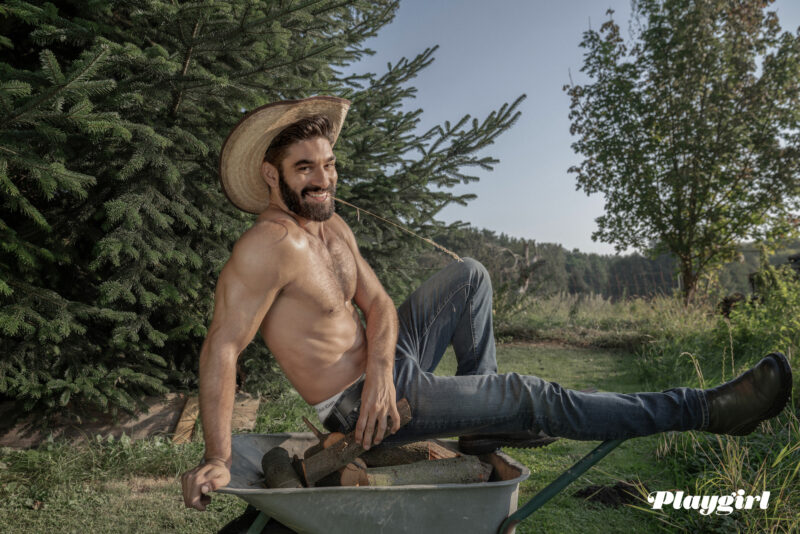Gian Paolo Barbieri died in Milano on December 17th, he was 89. Few artists can boast six decades at the forefront of fashion photography; even fewer a decisive influence on fashion itself. Self-taught and enamored of film noir and its low-key lighting, Barbieri went on to collaborate with Condè Nast for decades, while authoring iconic campaigns for Armani, Chanel, Dolce & Gabbana, Ferré, Valentino, Versace and many more.
We met him in the late 90s, when Barbieri began shifting his interest from glamour photography to the poetry of faraway (tropical) countries –their cultures, their men, their landscape– which he explored in a few books published by Taschen: Madagascar (1997), Seychelles in Equator (1999) and Exotic Nudes (2003); Tahiti in Tahiti Tattoos (1998). Bringing the same elegance, the same attention to composition, the same black and white technique he had perfected in the studio out into the wilderness.

De…Pending © Gian Paolo Barbieri • Courtesy Fondazione Gian Paolo Barbieri.
We are Playgirl and our “Photography of” series focuses on the male nude. And so we can’t help but zeroing in not on the many celebrities he shot, not on the editorials he published, but on the beauty of the “body electric” he sang. Aptly titled “Uncensored,” a 2021 Milanese exhibition unveiled Barbieri’s erotic works and showcased homoerotic imagery, tantalizing details of penises, even daring erections (take that, Instagram!) “Uncensored surveys what has been a constant search for Barbieri: men,” wrote the curator. “Always intrigued by the study of the human body (…) Barbieri examined its soul, first in the trilogy about the tropics, then in his study of eroticism. Barbieri knows how to convey pleasure, describing it in all its expressions (…) In his images, the prehistoric approach to the human body, the aesthetic intention of classical beauty and the Renaissance discovery of freedom all coexist. Barbieri’s nudes are therefore a celebration of nature, in all its many forms and manifestations, without false modesty, without fear of banality, playing with the happiness and innocence of a child, teetering on that thin red line that has never separated pure art from contaminated art, poetry from vulgarity, the sacred from the profane.”
- Uncensored © Gian Paolo Barbieri • Courtesy Fondazione Gian Paolo Barbieri.
- Equator • Taschen
- Lo Sciamano © Gian Paolo Barbieri • Courtesy Fondazione Gian Paolo Barbieri.
- Dark Memories © Gian Paolo Barbieri_Skira

Caino and Abele © Gian Paolo Barbieri • Courtesy Gian Paolo Barbieri .










